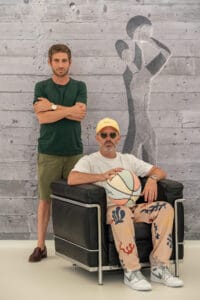The leading French designer Ora-ïto has for the first time ventured into contemporary art with the exhibition/s Grammatology, Part I, on show at the Galerie Podgorny in Saint Paul-de-Vence to 15th July, + Grammatology, Part II, presented at the Galerie Kolektiv Cité Radieuse in the Unité d’Habitation Le Corbusier in Marseille from 18th July to 24th August,

Ora-ïto, renowned for his iconoclastic approach and ability to create timeless forms, quickly rose to international fame in the late 1990s. Despite breaking away from traditional design codes and establishing his own brand and visual grammar, his work continues to surprise both supporters and critics with each new project. His unique style, applied across various everyday objects, remains familiar yet constantly evolving.
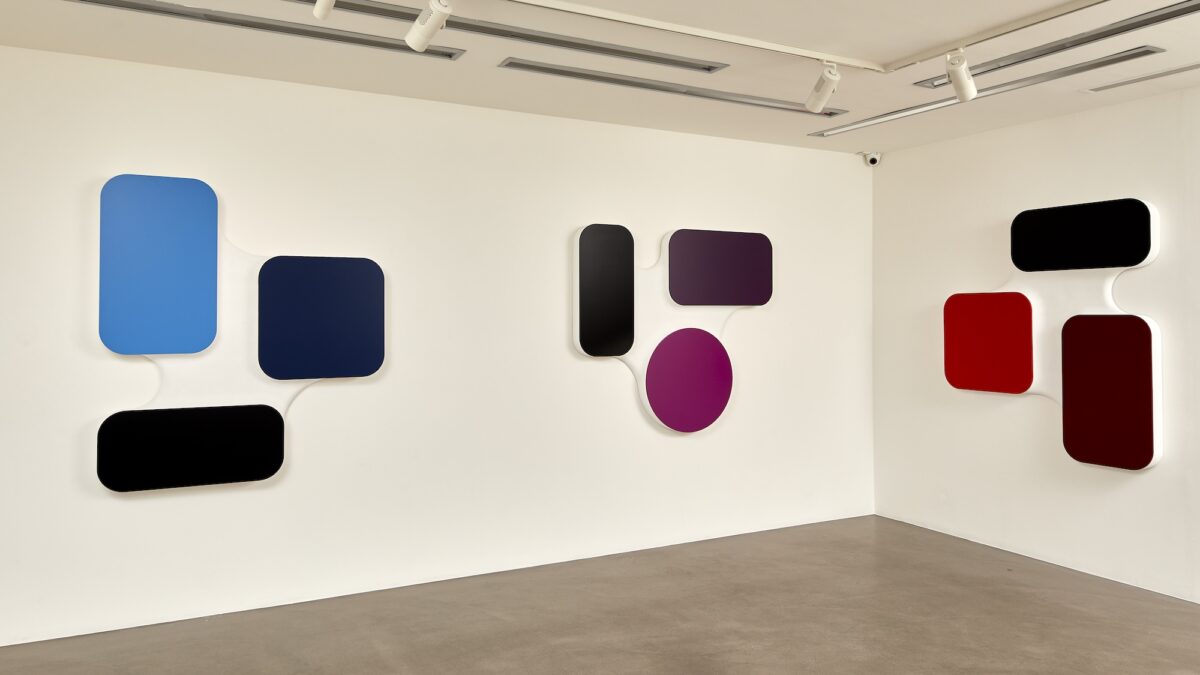
A unifying trait in Ora-ïto’s work, whether creating objects, places, or experiences, is his ‘science of writing.’ This refers to his development of a set of signs that translate concepts into formal designs, responding to the purpose of each project. His forms, often free of right-angled corners and playing with contrasts between black, white, and primary colors, are more than a graphical signature. They transcend the boundaries between product design, space design, and architecture. This ‘grammatology,’ in both its etymological sense and its post-structuralist linguistic connotation, creates a coherent whole, showcased in its purest form in his eponymous double exhibition.
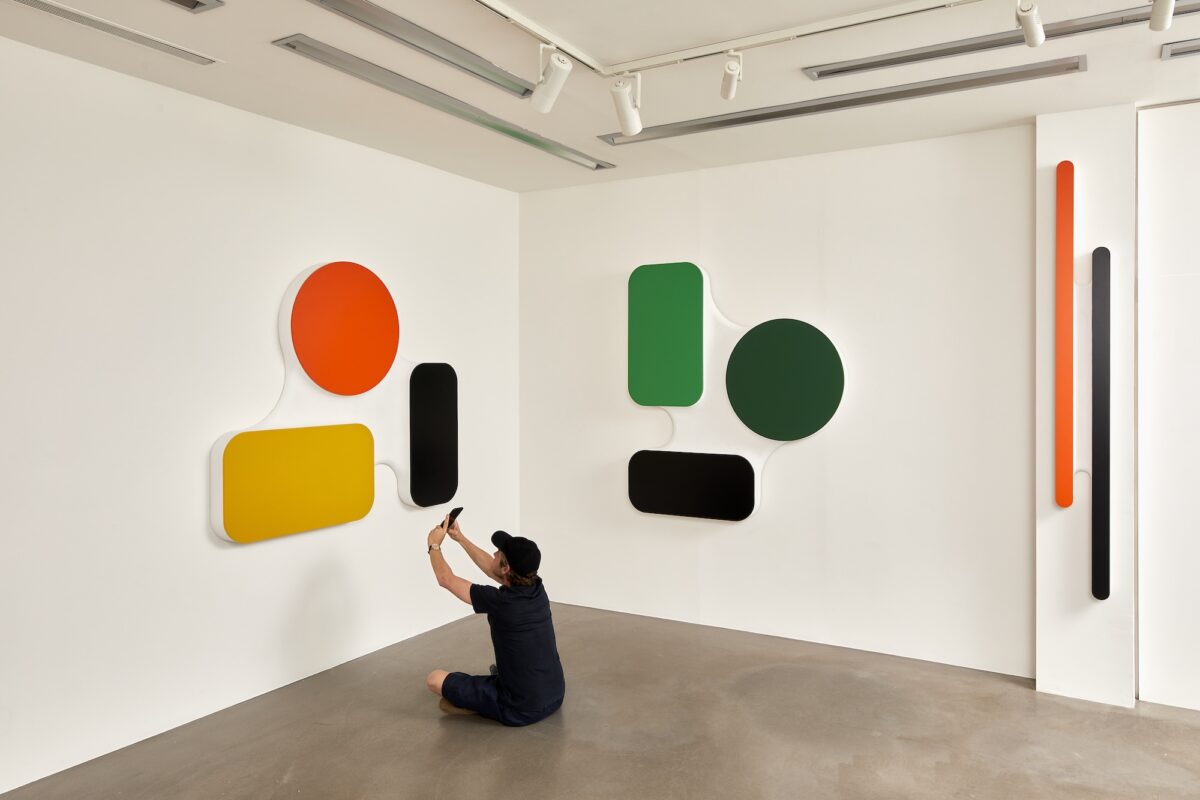
With Grammatology I & II, Ora-ïto shifts focus from the function of objects to the essence of his work. His pursuit of timelessness employs simple lines to convey complexity, akin to the primary function of writing. Jacques Derrida’s “De la Grammatologie,” published in 1967, was a precursor to post-modernity, preceding Jean-François Lyotard’s “La Condition post-moderne” by twelve years. Derrida proposed a new science of writing, incorporating psychoanalysis’s insight that language expresses more than it says, forming a “rebus of the unconscious” through the alphabet’s graphic signs.
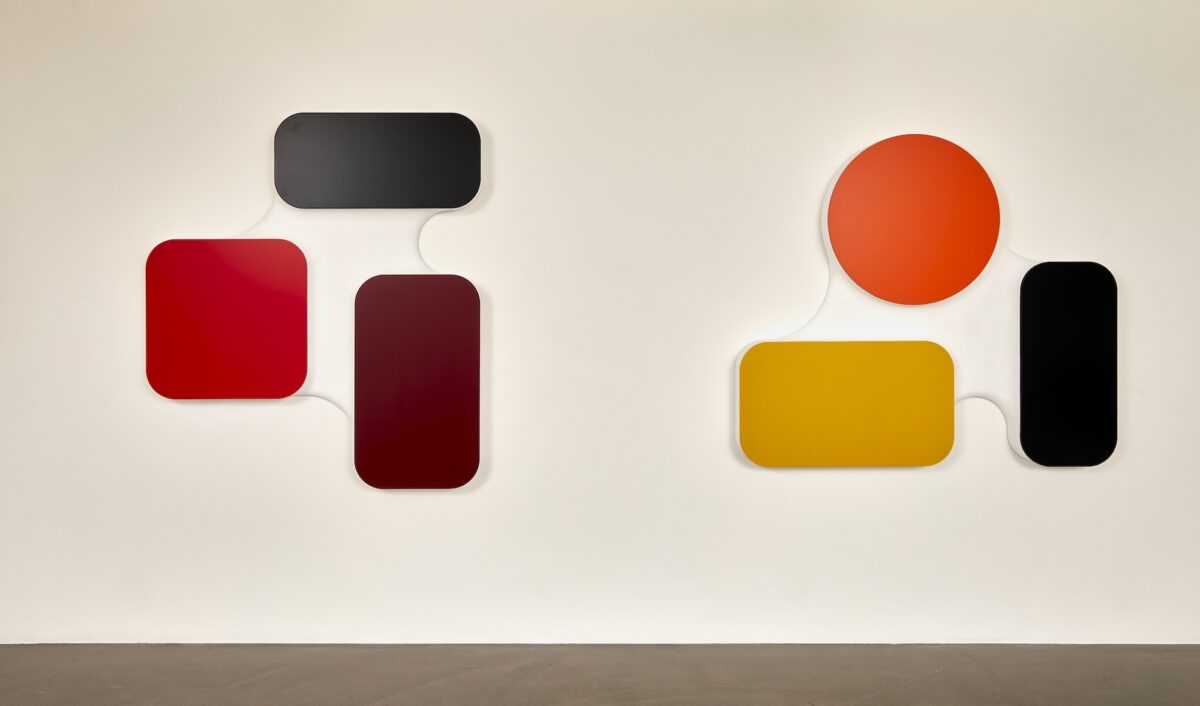
Ora-ïto consciously chose to exhibit his works, crafted from aluminum sheets on mineral resin supports, in two major centers of modern art and architecture. Saint-Paul de Vence, a historic home to 20th-century art where his grandfather owned Galerie Frédéric Gollong and where he now resides part-time, and the Unité d’Habitation Le Corbusier, whose roof terrace houses the MAMO he founded in 2013. By doing so, Ora-ïto creates a dialogue between his inspirations: the geometric forms and palette of Miró or Calder, embodying modern heritage, and his revered masters—Daniel Buren, Dan Graham, and Felice Varini—whose post-modern works have also graced the Cité Radieuse roof.
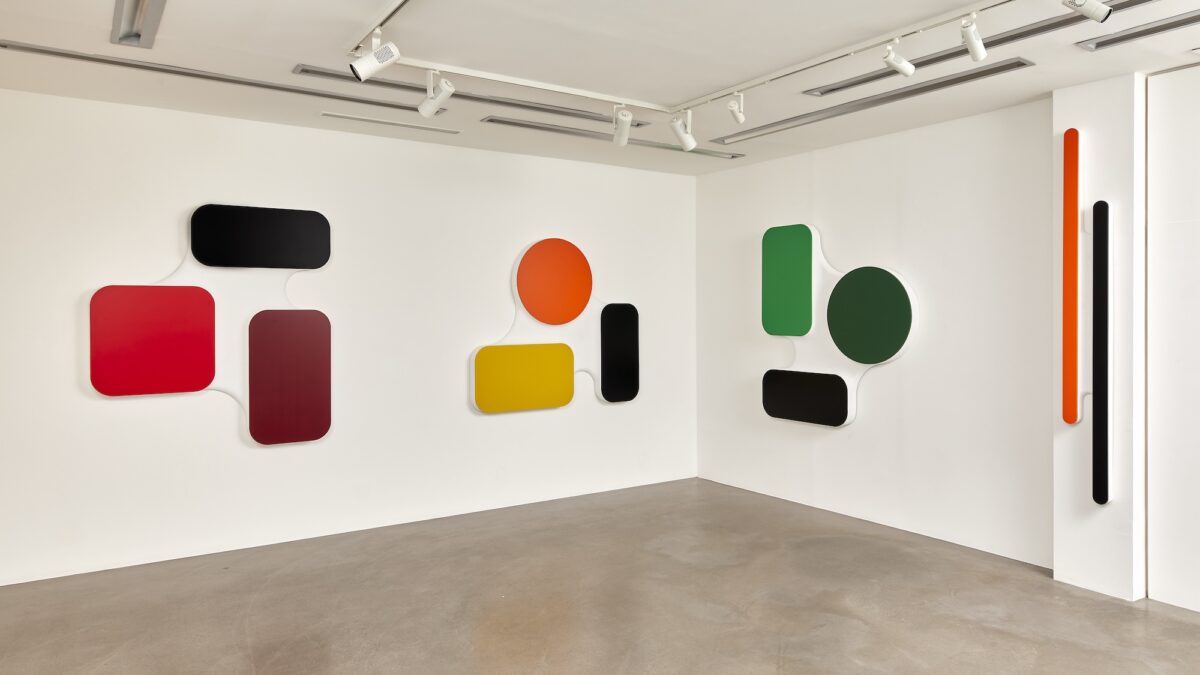
Grammatology Part II will be hosted in the Kolektiv Cité Radieuse gallery within the Unité d’Habitation Le Corbusier, a permanent exhibition space dedicated to the relationship between contemporary design and 20th-century architecture. This second phase of the exhibition underscores Ora-ïto’s connection to architectural forms and the spaces they define. The new series will incorporate the Modulor measurements and borrow its palette of primary colors, reflecting the building’s design.
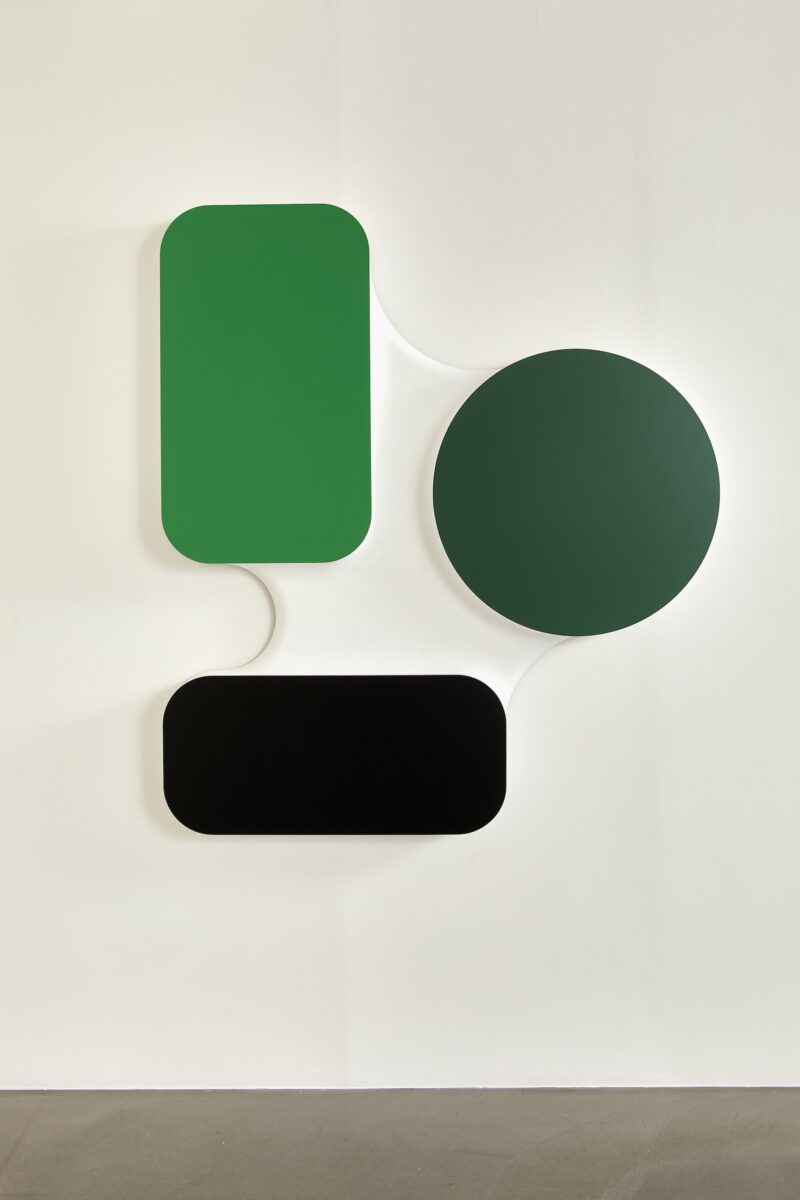
For a man who has consistently rejected imposed conventions—calling design “boring” and an architecture diploma “pointless”—and who thrives on surprising appearances in fields from mobility design to luxury hotels, “Grammatology” is more than mere bravado. By opening his unconscious to the public through this simple “treaty on writing,” Ora-ïto offers insights into his quest for the right form. Versatile and emancipated from both his peers and symbolic fathers in design and art, he sketches the instructions for use of a true creator.
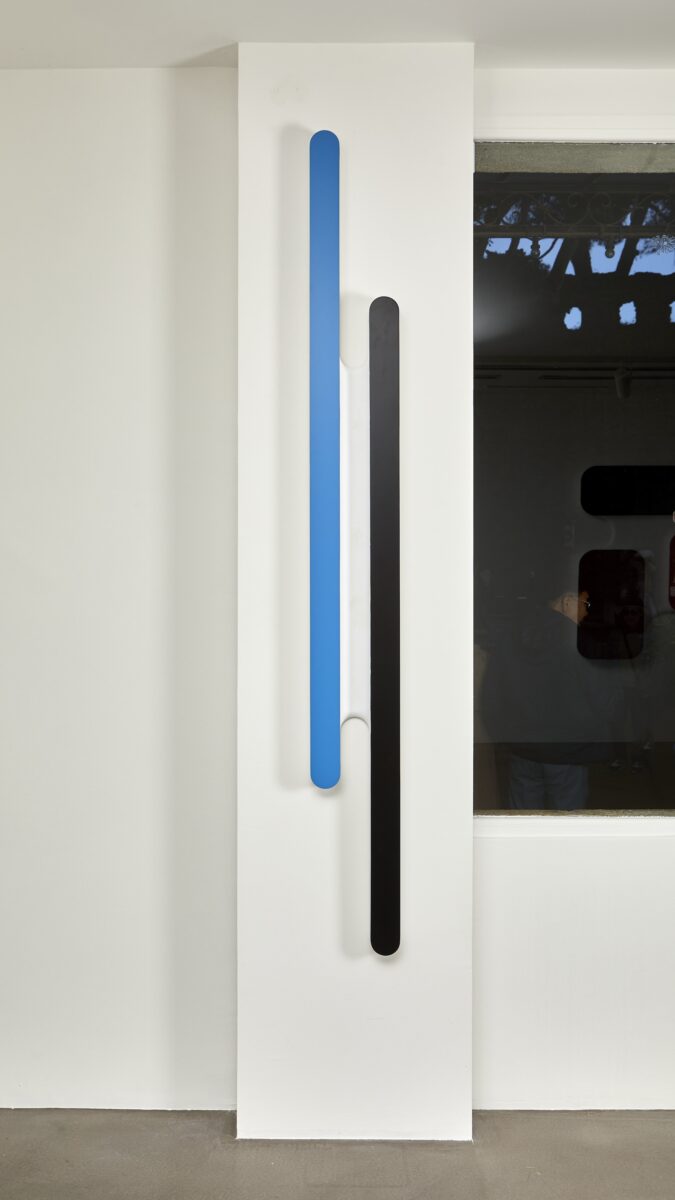
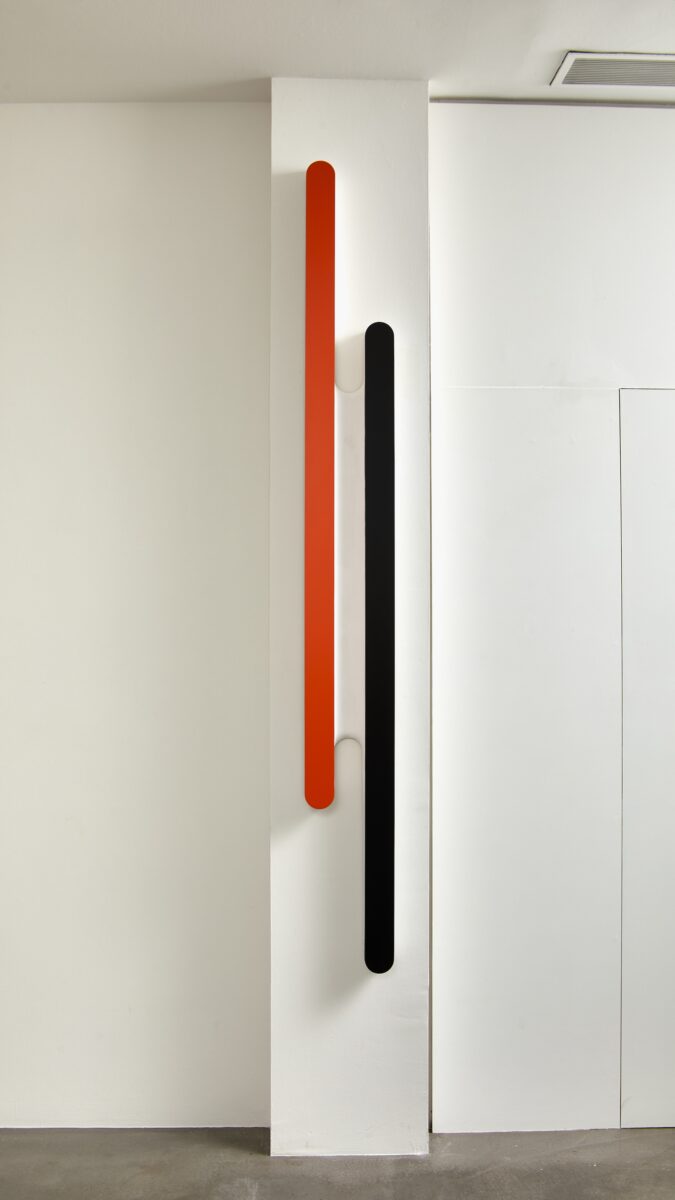
Ora-ïto, Grammatology Part II, 18th July to 24th August, Kolektiv Cité Radieuse gallery

